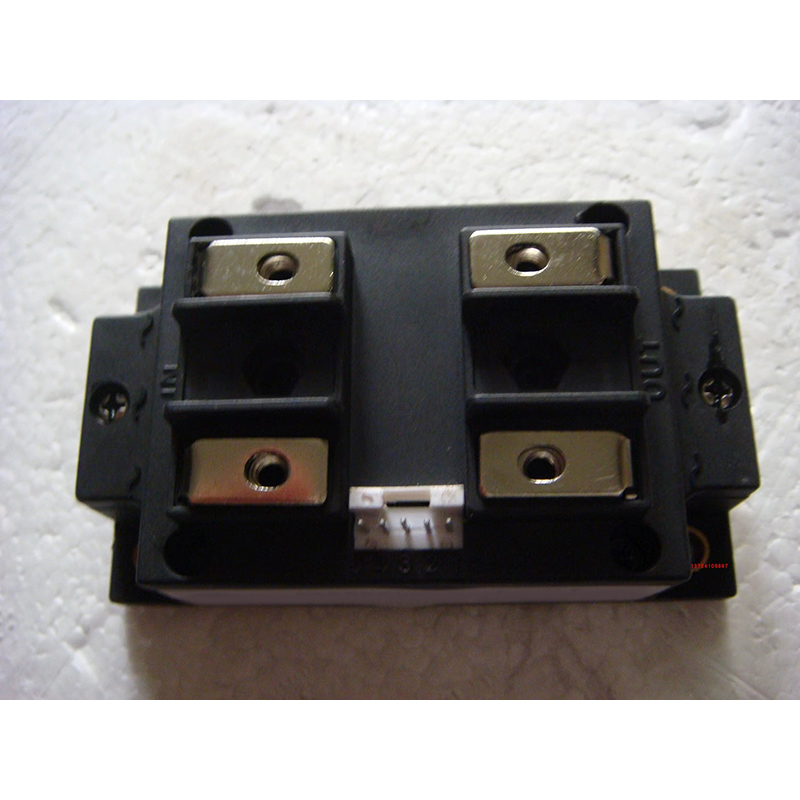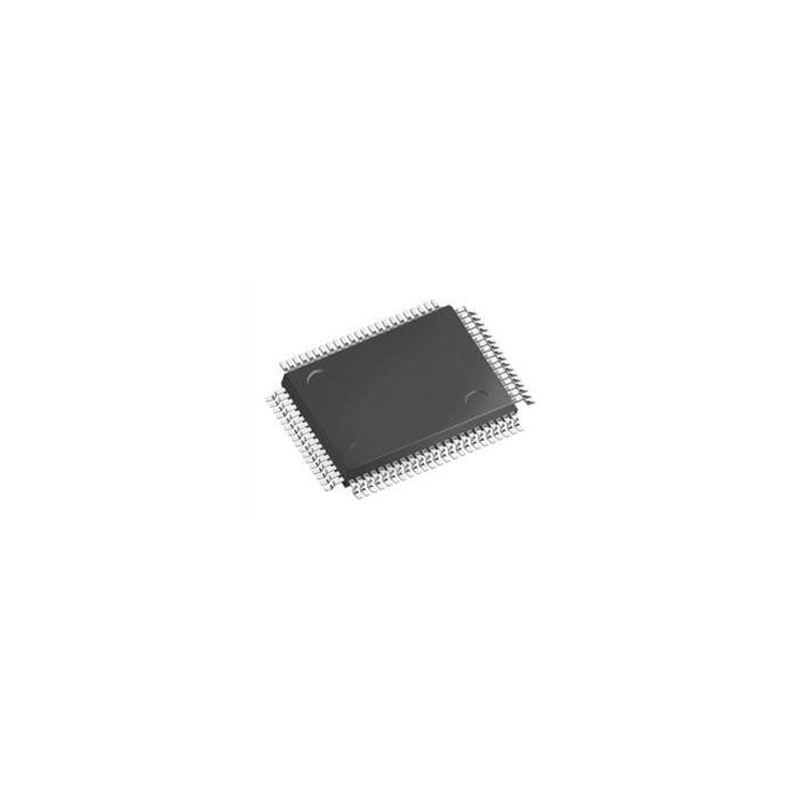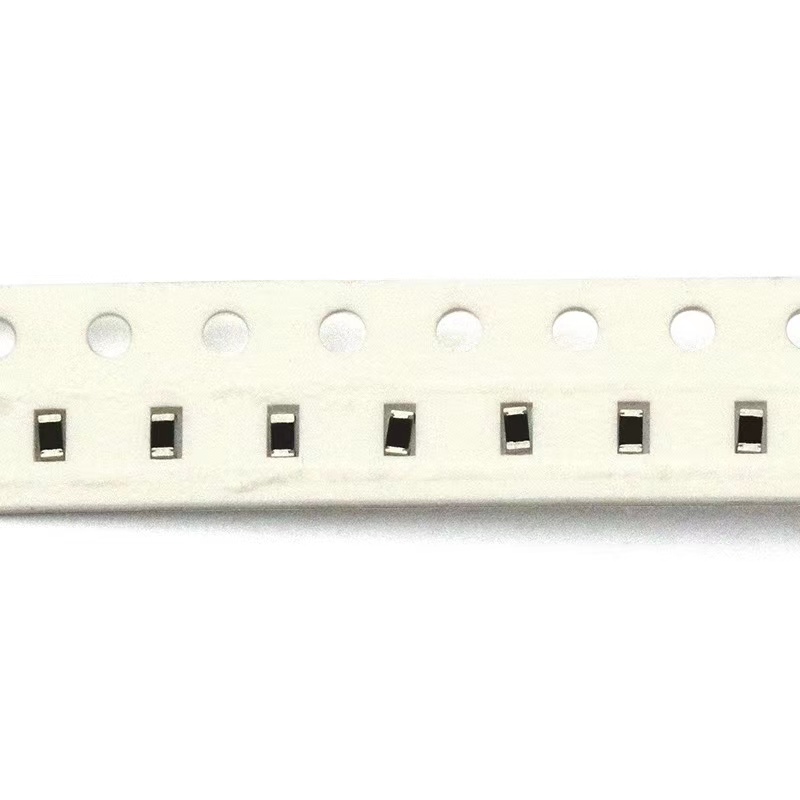Basic Introduction of IoT (Internet of Things)
 Published: Apr 26, 2023
Iot
Share:
Published: Apr 26, 2023
Iot
Share:
The Internet of Things, abbreviated as IoT, refers to the real-time collection of information from objects or processes that need to be monitored, connected, and interacted with using various devices and technologies such as information sensors, radio frequency identification technology, global positioning systems, infrared sensors, and laser scanners. This information includes sound, light, heat, electricity, mechanics, chemistry, biology, location, etc. IoT enables ubiquitous connections between things and people through various networks, allowing for intelligent perception, identification, and management of objects and processes.
The Internet of Things is a network formed by interconnecting all ordinary physical objects that can be independently addressed, based on the Internet and traditional telecommunication networks.
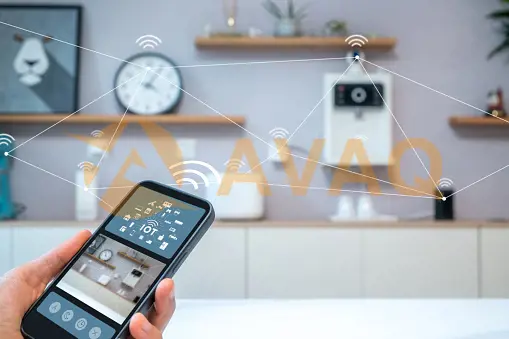
Definition
IoT, or the "Internet of Everything Connected," is an extension and expansion of the Internet, combining various information sensing devices and networks to form a vast network that enables connectivity between people, machines, and objects at any time and place.
The Internet of Things is an essential component of the new generation of information technology, also known as "ubiquitous connectivity," which signifies the connection between things. Therefore, the "Internet of Things is the Internet connecting everything."
Walmart
There are two layers of meaning:
- The core and foundation of the Internet of Things are still the Internet; it is an extension and expansion of the Internet.
- Its user end extends and expands to any object and object interaction for information exchange and communication.
Thus, the definition of the Internet of Things is a network that connects any object to the Internet through radio frequency identification, infrared sensors, global positioning systems, laser scanners, and other information sensing devices to exchange and communicate information, achieving intelligent identification, positioning, tracking, monitoring, and management of objects.
Development History
The concept of the Internet of Things first appeared in Bill Gates' 1995 book "The Road Ahead." In "The Road Ahead," Gates mentioned the concept of the Internet of Things, but it did not attract much attention at the time due to the development of wireless networks, hardware, and sensing devices.
In 1998, MIT creatively proposed the concept of the "Internet of Things," which was then called the EPC system.
In 1999, the American Auto-ID first proposed the concept of the "Internet of Things," mainly based on item coding, RFID technology, and the Internet. That same year, the International Conference on Mobile Computing and Networks in the United States proposed that "Sensor networks are another development opportunity for humanity in the next century."
In 2003, the American "Technology Review" stated that sensor network technology would be the top technology to change people's lives in the future.
On November 17, 2005, at the World Summit on the Information Society (WSIS) held in Tunisia, the International Telecommunication Union (ITU) released the "ITU Internet Report 2005: The Internet of Things," officially proposing the concept of the "Internet of Things." The report pointed out that the ubiquitous "Internet of Things" communication era is coming, where all objects in the world, from tires to toothbrushes, houses to tissues, can actively exchange information through the Internet. Radio frequency identification technology (RFID), sensor technology, nanotechnology, and intelligent embedded technology will receive more extensive applications and attention.
Characteristics
The basic characteristics of the Internet of Things (IoT), from the perspective of communication objects and processes, revolve around information interaction between objects and objects, and between people and objects. The fundamental features of IoT can be summarized as overall perception, reliable transmission, and intelligent processing.
-
Overall perception - Using devices like radio frequency identification (RFID), QR codes, and smart sensors to sense and acquire various information about objects.
-
Reliable transmission - By integrating the Internet and wireless networks, objects' information can be transmitted in real-time and accurately, facilitating information exchange and sharing.
-
Intelligent processing - Employing various intelligent technologies to analyze and process the sensed and transmitted data and information, realizing intelligent monitoring and control.
Based on the above characteristics of IoT and considering the perspective of information science, the following functions of IoT in handling information can be deduced:
1. Information acquisition function: This mainly involves information sensing and identification. Information sensing refers to the perception and sensitivity to an object's attribute states and their changes. Information identification means expressing the sensed object states in a specific way.
2. Information transmission function: This mainly covers the stages of information sending, transmission, and reception. Ultimately, it involves delivering the acquired object state information and its changes from one point in time (or space) to another, which is the commonly known communication process.
3. Information processing function: This refers to the information processing stage, using existing or sensed information to generate new information, which is essentially the decision-making process.
4. Information effectuation function: This refers to the process in which information ultimately exerts its utility. There are many manifestations of this function, one of which is adjusting the state and transformation of objects, ensuring that the objects always remain in a pre-designed state.
Key Technologies
Radio Frequency Identification (RFID) Technology
RFID is a simple wireless system composed of an interrogator (or reader) and many responders (or tags). Each tag has a unique electronic code and is attached to an object to identify it. The tag transmits radio frequency information to the reader, which is responsible for reading the information. RFID technology allows objects to "speak." This endows the IoT with the characteristic of traceability, meaning that people can grasp the accurate location and surrounding environment of an object at any time.
Sensor Networks
MEMS, or Micro-Electro-Mechanical Systems, are integrated miniature device systems comprising micro-sensors, micro-actuators, signal processing and control circuits, communication interfaces, and power supplies. By integrating the acquisition, processing, and execution of information, MEMS can create multifunctional miniature systems with enhanced automation, intelligence, and reliability. With MEMS, ordinary objects are given new life, equipped with data transmission channels, storage capabilities, operating systems, and dedicated applications, forming a massive sensor network.
M2M System Framework
M2M (Machine-to-Machine/Man) is an application and service centered on machine terminal intelligent interaction and networkization. M2M technology involves five critical parts: machines, M2M hardware, communication networks, middleware, and applications. Based on cloud computing platforms and intelligent networks, decisions can be made and the behavior of objects can be controlled and adjusted according to data acquired from sensor networks.
Cloud Computing
Cloud computing aims to integrate multiple relatively low-cost computing entities into a powerful system through the network, allowing end-users to access these powerful computing capabilities through advanced business models. Cloud computing means that computing power can be circulated as a commodity, just like gas, water, and electricity, making it convenient and cost-effective for users. The core concept of cloud computing is to continuously improve the processing power of the "cloud" while reducing the processing burden on user terminals, eventually simplifying them into pure input/output devices that can enjoy the powerful computing capabilities of the "cloud" on-demand. The IoT sensing layer acquires vast amounts of data and information, which, after transmission through the network layer, is stored on a standard platform and processed using high-performance cloud computing, endowing the data with intelligence and ultimately transforming it into useful information for end-users.
Applications
Overview
The application areas of the Internet of Things (IoT) cover various aspects, including industry, agriculture, environment, transportation, logistics, security, and other infrastructure sectors. The IoT has effectively promoted the intelligent development of these areas, enabling the rational allocation and utilization of limited resources, thereby improving industry efficiency and benefits. In the fields of home, healthcare, education, finance and service, tourism, and other areas closely related to daily life, IoT applications have significantly improved service scope, methods, and quality, greatly enhancing people's living standards.
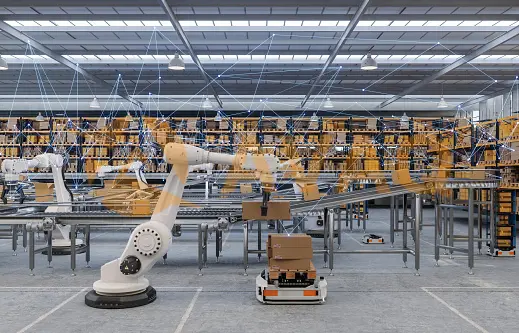
In the field of national defense and military, although still in the research and exploration stage, the impact of IoT applications cannot be underestimated. From satellites, missiles, aircraft, submarines, and other equipment systems to individual soldier combat gear, the integration of IoT technology has effectively improved military intelligence, informatization, and precision, greatly enhancing military combat capabilities and becoming a key factor in future military transformations.
Intelligent Transportation
IoT technology is relatively mature in road transportation applications. With the increasing popularity of vehicles in society, traffic congestion and even paralysis have become significant urban problems. Real-time monitoring of road traffic conditions and timely information transmission to drivers allows them to adjust their travel plans, effectively alleviating traffic pressure.
Buses equipped with positioning systems can provide real-time information on bus routes and arrival times, enabling passengers to plan their trips and avoid unnecessary time waste.
As the number of vehicles in society increases, in addition to traffic pressure, parking difficulties have also become a prominent issue. Many cities have introduced smart roadside parking management systems based on cloud computing platforms, integrating IoT technology and mobile payment technology, sharing parking space resources, and improving parking space utilization and user convenience. This system is compatible with both mobile and radio frequency identification (RFID) modes, enabling users to access real-time parking space information, location, and make reservations and payments through a mobile app, greatly alleviating the "parking difficulty" problem.
Smart Home
The smart home is the basic application of IoT in the family setting. With the popularization of broadband services, smart home products cover various aspects. When no one is at home, users can remotely control smart air conditioners via mobile devices, adjust room temperature, and even enable the system to learn their usage habits, realizing fully automatic temperature control, allowing users to enjoy a cool and comfortable environment upon returning home in the hot summer months.
Through a mobile app, users can control smart light bulbs, adjusting their brightness and color, among other features.
Smart plugs with built-in Wi-Fi enable remote control of power supply, monitoring equipment power usage, and generating power consumption charts for a clear understanding of energy usage, helping users plan resource allocation and budgeting.
Smart weighing scales can monitor exercise effects, and are equipped with advanced sensors that can measure blood pressure and body fat. The built-in program provides health suggestions based on the user's physical condition.
Smart toothbrushes connected to a mobile app remind users of brushing time and location, generate charts based on brushing data, and monitor oral health.
Smart cameras, window sensors, smart doorbells, smoke detectors, and smart alarm systems are essential home security monitoring devices. Even when users are away from home, they can view real-time conditions and potential safety hazards in any corner of their home at any time and place. The seemingly complicated aspects of home life have become more relaxed and enjoyable due to IoT technology.
Public Safety
In recent years, global climate anomalies have occurred more frequently, increasing the suddenness and harmfulness of disasters. The internet can monitor the environment's insecurity in real-time, enabling early prevention, real-time warnings, and timely response measures to reduce the threat of disasters to human life and property. The University at Buffalo in the United States proposed a deep-sea internet project as early as possible.
Challenges
In recent years, the development of the Internet of Things (IoT) has gradually taken shape, with countries investing significant human, material, and financial resources in research and development. However, there are still many challenges to overcome in terms of technology, management, cost, policy, and security. The specific analysis is as follows:
Unified and Coordinated Technical Standards
Traditional internet standards are not suitable for IoT. IoT sensing layer data comes from multiple heterogeneous sources, with different devices having different interfaces and technical standards. The network layer and application layer also have different network protocols and architectures due to varying network types and industry application directions. Establishing a unified IoT architecture and technical standards is a challenge the IoT is currently facing.
Management Platform Issues
The IoT itself is a complex network system, and its application areas span various industries, inevitably resulting in significant overlap. Without a dedicated integrated platform to manage and categorize information, there will be a lot of redundant information, duplicated work, and repeated construction leading to resource wastage. Independent applications for each industry result in high costs and low efficiency, failing to demonstrate the advantages of IoT and inevitably affecting its promotion. The IoT urgently needs a unified management platform capable of integrating resources from various industries to form a complete industrial chain model.
Cost Issues
Countries are actively supporting IoT, but behind the seemingly thriving scene, there are very few IoT projects that can genuinely be invested in and implemented on a large scale. For example, the cost of basic RFID technology, such as electronic tags and readers, has not met enterprises' expectations, resulting in low cost-effectiveness. Sensor networks are multi-hop self-organizing networks, susceptible to environmental or human factors. To ensure smooth network operation and real-time, secure, and reliable information transmission, network maintenance costs are high. As long as costs remain beyond a generally acceptable range, IoT development remains an empty talk.
Security Issues
Traditional internet, despite its mature development and widespread application, still has security vulnerabilities. As an emerging technology, the IoT has a more complex system architecture and lacks unified standards, making security issues even more prominent. Its key enabling technology is sensor networks, and with sensors exposed to natural environments, especially those placed in harsh conditions, maintaining network integrity over the long term poses new challenges for sensor technology. Sensor networks must have self-healing capabilities. This is affected not only by environmental factors but also by more severe human factors.
RFID is another critical enabling technology, involving placing electronic tags into items in advance to achieve real-time monitoring. This may inevitably expose some personal privacy for the owners of the tagged items, and the security of personal information becomes an issue. Not only is personal information security at risk, but cooperation between enterprises and countries is also widespread. If the network is attacked, the consequences would be unimaginable. Achieving a balance between informatization and security in the use of IoT is crucial.
Recommend Products
Related Solutions
-
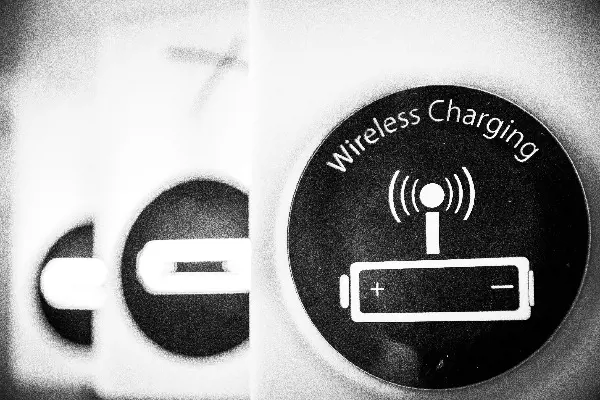
NXP Introduces High-Power Wireless Charg...
NXP Semiconductors announced the first high-power wireless charging solution for notebooks and 2-in-...
Apr 28, 2023 Consumer Electronics -

Multifunctional Street Light Automatic C...
The street light automatic controller is suitable for the automatic control of street lights in resi...
Apr 26, 2023 Consumer Electronics -
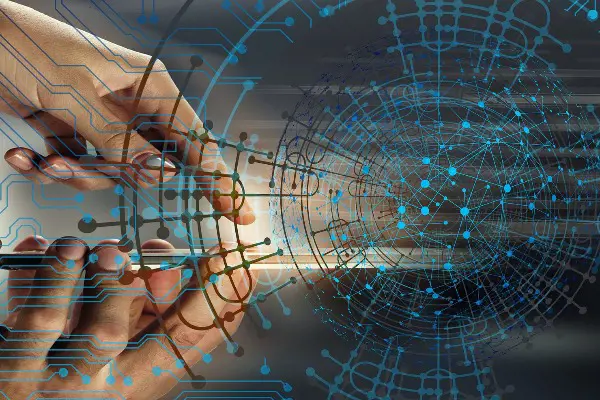
How Can IoT Solution Providers Build a S...
The Internet of Things (IoT) has been attracting a lot of attention in the industry for its security...
Apr 25, 2023 Consumer Electronics -
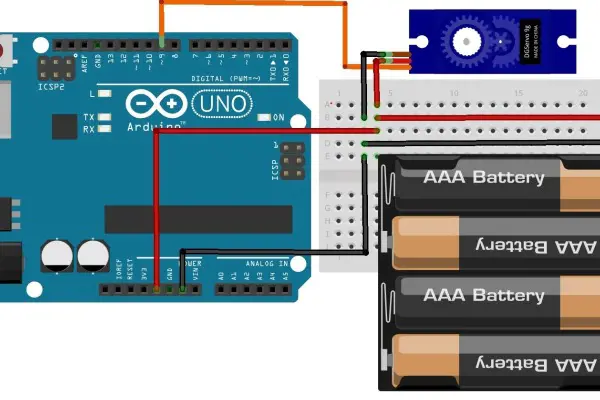
ADI Proposes a Solution for Servo Motor ...
For motor control solutions, ADI offers a comprehensive portfolio of products, including analog-to-d...
Apr 25, 2023 Consumer Electronics -
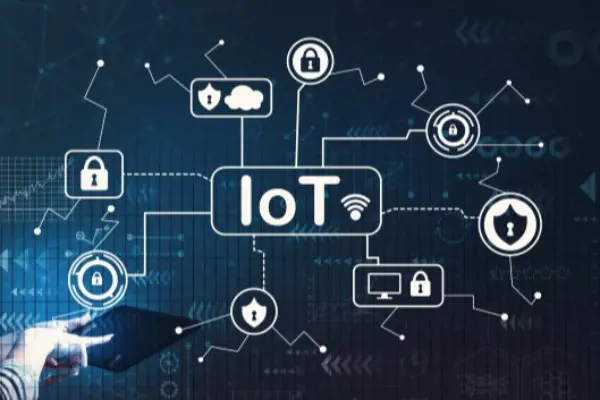
IoT Transforms and Adds Value to Consume...
The Internet of Things (IoT) is taking consumer electronics to another level and could lead to the n...
Apr 26, 2023 Consumer Electronics -
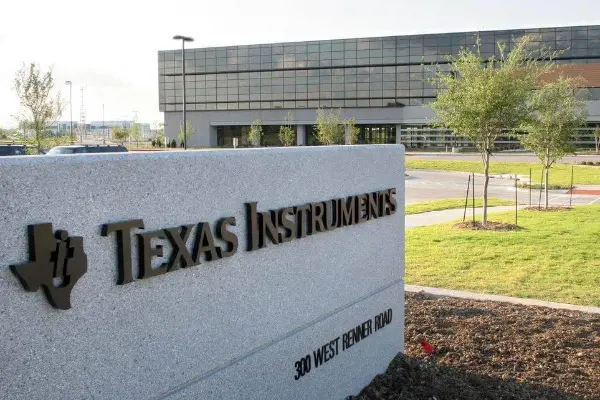
Texas Instruments Programmable Logic and...
Programmable logic controllers (PLCs) and programmable automation controllers (PACs) process and con...
Apr 26, 2023 Consumer Electronics

 Update Time: Apr 26, 2023 Consumer Electronics
Update Time: Apr 26, 2023 Consumer Electronics
